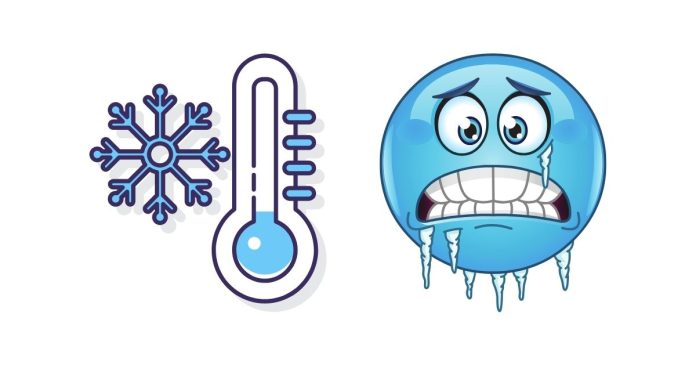Water is essential to life, and understanding its properties can be surprisingly fascinating. One of the most common questions people ask is: At what temperature does water freeze?
In this blog post, we’ll explore the freezing point of water, factors that can influence it, and why this particular temperature is significant in both everyday life and scientific contexts.
The Freezing Point of Water
Under standard conditions, water freezes at 32°F (0°C). This is the temperature at which water turns from a liquid to a solid, forming ice. It’s important to note that this is the freezing point under normal atmospheric pressure at sea level.
Why Does Water Freeze at 32°F (0°C)?
The freezing point of water is a result of the unique properties of water molecules. When water cools down, its molecules move slower, and they begin to bond together in a rigid structure, which forms ice. At 32°F (0°C), the kinetic energy of the water molecules is low enough for these bonds to form but not so low that the water becomes a solid at higher temperatures.
Factors That Can Affect Water’s Freezing Point
While the freezing point of pure water is 32°F (0°C), several factors can influence this temperature:
- Pressure: Changes in atmospheric pressure can slightly alter the freezing point of water. For example, at higher altitudes where the pressure is lower, water may freeze at slightly lower temperatures.
- Impurities in Water: If water contains impurities or dissolved substances (like salt), its freezing point can drop. This is why seawater, which has salt in it, freezes at a lower temperature than pure water.
- Supercooling: In certain conditions, water can be cooled below its freezing point without turning into ice. This phenomenon, known as supercooling, occurs when water is pure and undisturbed, remaining liquid even at temperatures below 32°F (0°C).
Why is the Freezing Point of Water Important?
The freezing point of water plays a crucial role in many aspects of life and science:
- Weather Patterns: The freezing of water is a key factor in weather systems, influencing the formation of snow and ice.
- Life on Earth: Water’s freezing point allows for the existence of liquid water in a wide range of environments, which is vital for life as we know it.
- Everyday Life: From freezing food to controlling the temperature in refrigerators and freezers, the ability to manipulate the freezing point of water is crucial in various industries.
Water freezes at 32°F (0°C) under standard conditions, making this temperature a fundamental reference point in both science and everyday life. While various factors like pressure and impurities can affect the freezing point, this universal benchmark remains critical for understanding how water behaves in nature and how we interact with it in daily tasks.
Next time you find yourself dealing with ice, snow, or freezing temperatures, you’ll have a deeper understanding of why water behaves the way it does at this key temperature!


